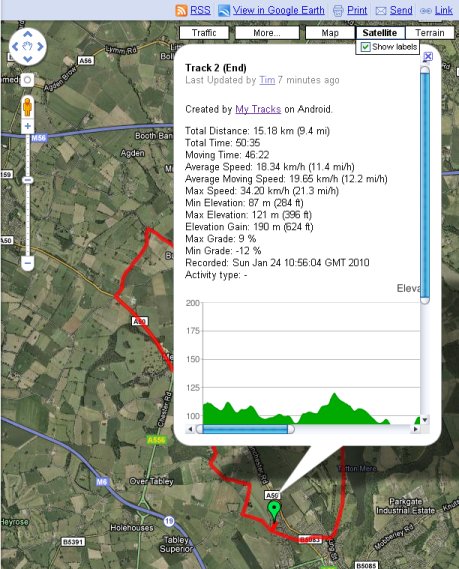Earlier this week I took delivery of a new Google Nexus One phone.
I’ve never bought an off-contract expensive smartphone before, but several things about this offering made it irresistible. Firstly, the display runs at twice the resolution of the iPhone, so web browsing is a much more pleasant experience.
Secondly, everything feels much more immediate than on an iPhone – no processor lag. Don’t get me wrong, the iPhone is a great consumer appliance. But the Nexus One really does bring your PC to your pocket. If you use Googlemail to filter out all your spam emails at home or office, then it’s simple to synchronise your mail account on your phone.
Something I’m personally quite interested in is being able to view CCTV cameras via my phone. With the Nexus One’s high resolution display this works much better than on the lower resolution iPhone.
Here are a few observations about unboxing & initial setup of the Nexus One:
I bought the Nexus One off-contract direct from Google USA. I was a little worried that it wouldn’t work with my ‘Three’ network Sim card, at various points while I waited for it to arrive. I know that the 3G networks in the UK work at 2100MHz, and i’d seen in Google’s FAQ that this was one of the supported bands, so I was hopeful.
When the Nexus One arrived I put in my ‘3’ Sim and was able to make and receive calls. I put my Electrosmog Detector next to it, and was able to tell from the noises it made that the phone was talking to the tower over proper 3G rather than GSM via Orange. Thing was, I couldn’t get a 3G connection to the net using a web browser.
After a little digging I realised that I needed to setup an APN for ‘3’ in the phone’s settings Menu. Here’s how to do it:
Go to Settings –> Wireless & Networks –> Mobile Networks –> Access Point Names –> Double-Click and hold the ‘four bars’ icon to the right of the back key at the base of the phone –> click New APN –> Name=3G –> APN=three.co.uk –> Proxy, Port, Username, Password, Server can be left as they are –> MMSC=http://mms.um.three.co.uk:10021/mmsc –> MMS Proxy=217.171.129.2 –> MMS Port=8799 –> MCC=234 –> Authentication Type and APN Type can be left blank.
Of course the real pull of this phone for hacker-types is the Linux Kernel. These Android OS phones can be ‘Rooted’ so you can take fully control of the device. before you know it you could have Snapdragon compiled versions of Kismet & Wireshark running on your phone.

